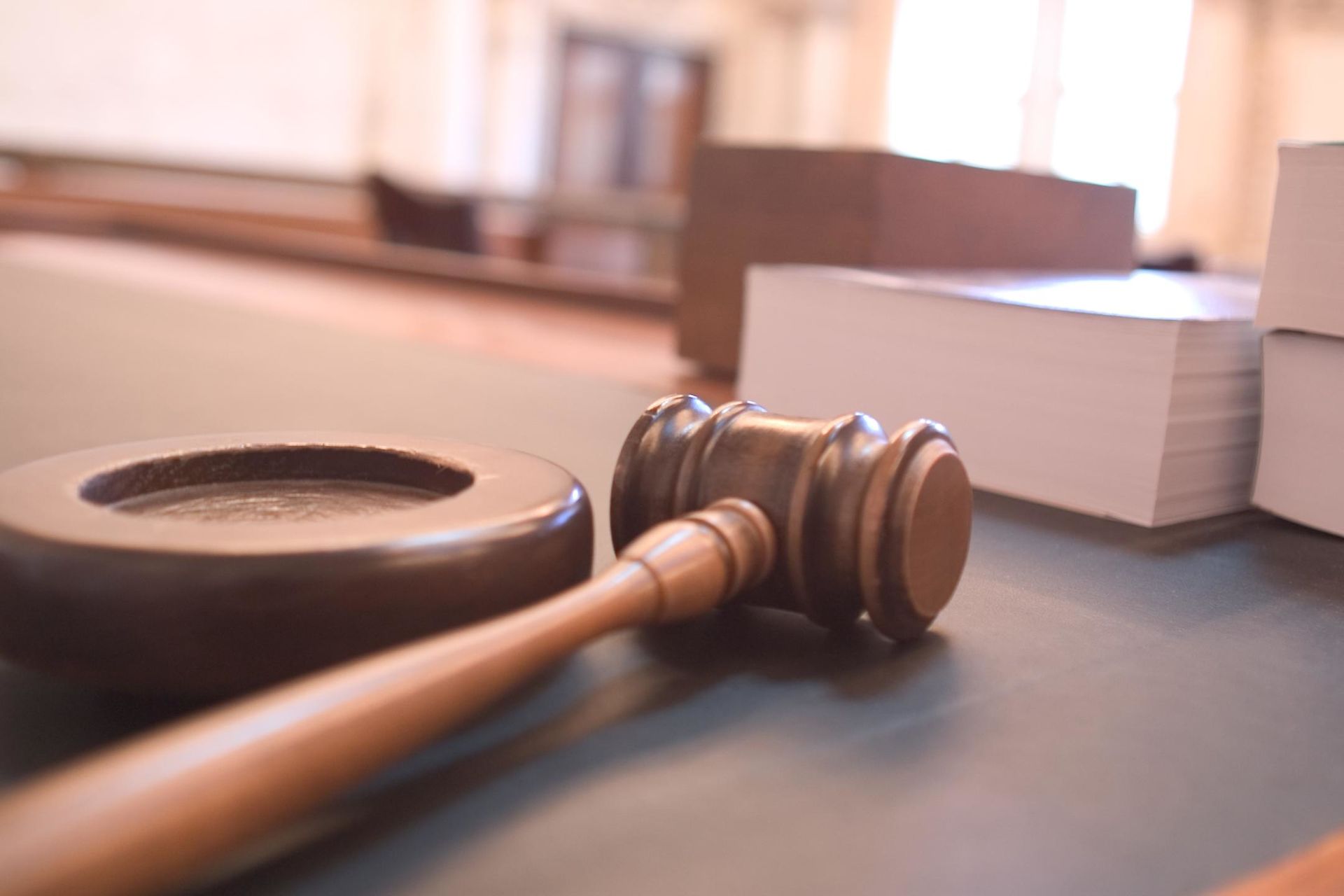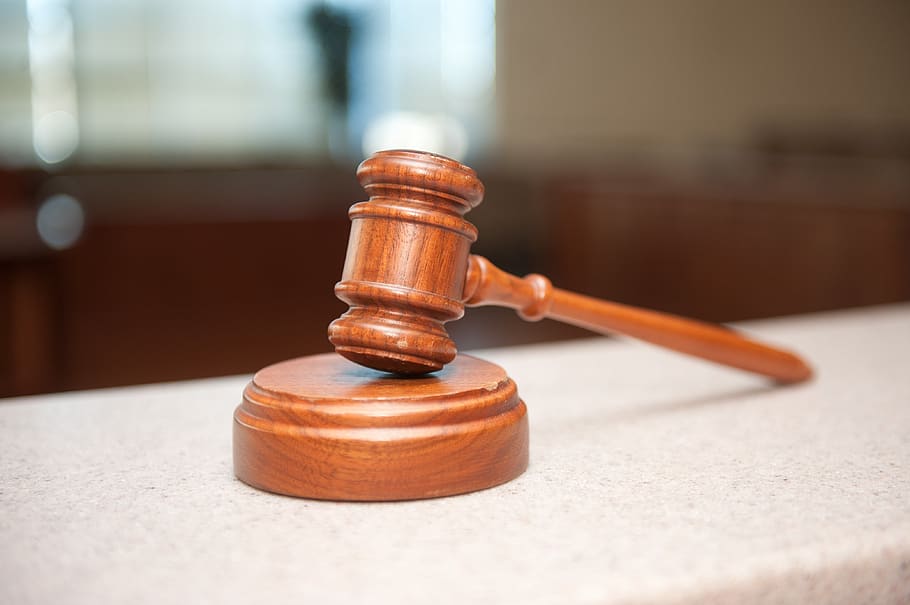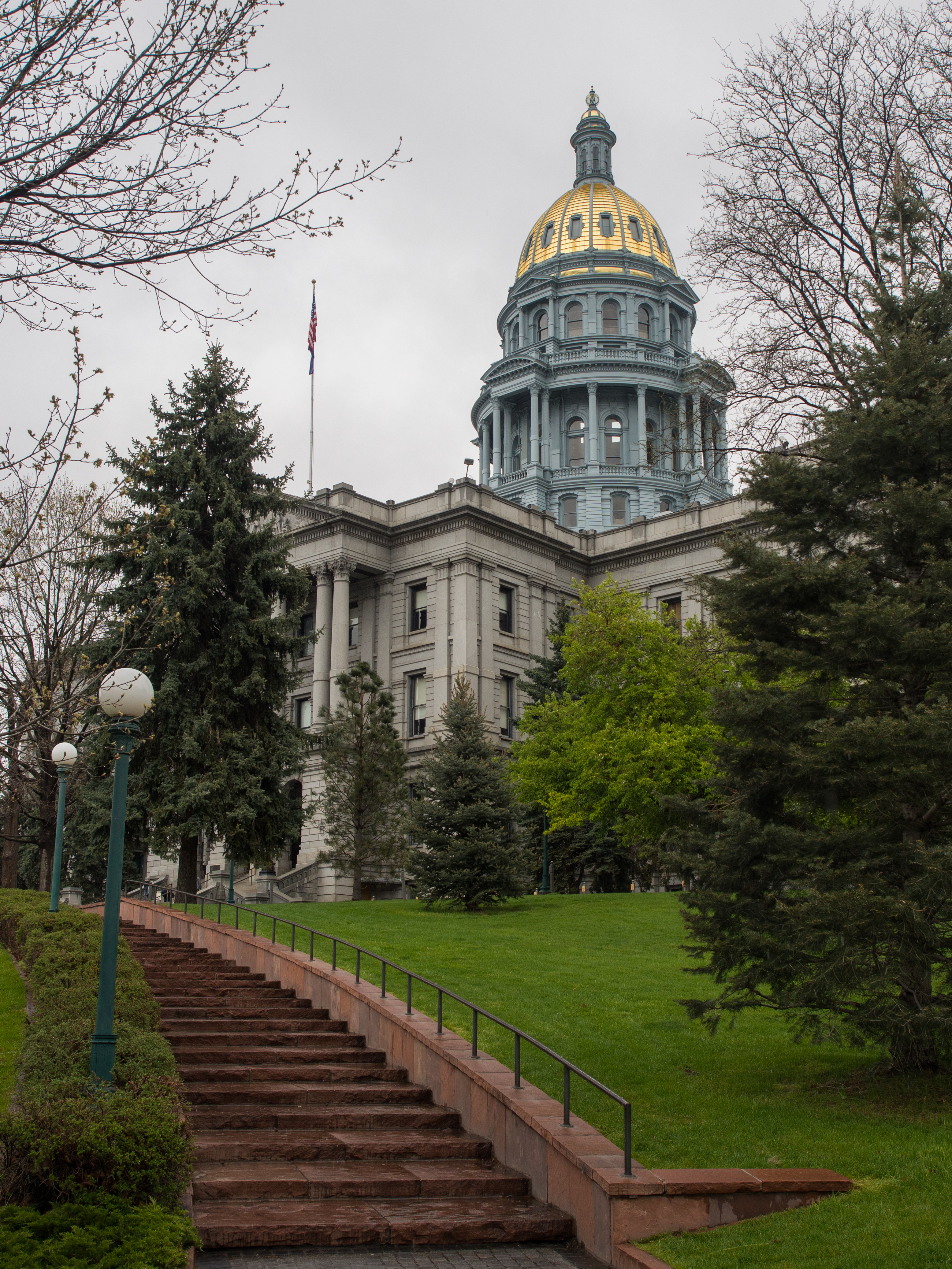Tag: retention election
-
Three justices on the Oklahoma Supreme Court and three justices on the Oklahoma Court of Appeals face a retention election

Three of the nine justices on the Oklahoma Supreme Court and three of the five justices on the Oklahoma Court of Criminal Appeals are up for a retention election on November 5, 2024. Oklahoma is one of two states with two courts of last resort. The Oklahoma Supreme Court is the court of last resort…
-
Fourteen appellate court judges are on the ballot in Missouri this year

Two judges on the Missouri Supreme Court and 12 judges on the Missouri Court of Appeals have terms expiring on Dec. 31. Each of these judges must stand for a retention election this year in order to remain on the court. A retention election is a simple yes-no election where the judge is the only…
-
Retention elections and judicial partisanship

State supreme court justices facing retention elections won re-election more often than their counterparts in states using other systems of judicial selection, according to Ballotpedia’s recently-published study on state supreme courts. Between 2008 and 2019, 155 justices have faced retention elections. Incumbent justices won 152 (98%) of these elections. Since 2008, there have been 196…
-
Three Maryland Court of Appeals justices seek retention in November

Maryland Court of Appeals Justices Brynja McDivitt Booth, Jonathan Biran, and Mary Ellen Barbera are all seeking retention on November 3, 2020. Booth and Biran were appointed by Gov. Larry Hogan (R) while Barbera was appointed by Gov. Martin O’Malley (D). Currently, three of the seven justices on the court were appointed by a Democratic…
-
Two Colorado Supreme Court justices seek retention in November

Colorado Supreme Court Justices Melissa Hart and Carlos Armando Samour Jr. are standing for retention election on November 3, 2020. Both justices were appointed by Gov. John Hickenlooper (D). Currently, six of the seven justices on the court were appointed by a Democratic governor. Of those, five were appointed by Hickenlooper. • Brian Boatright Appointed…

